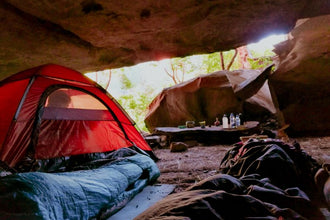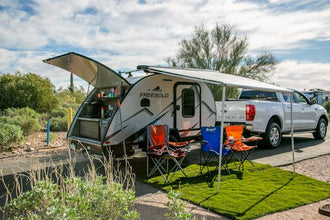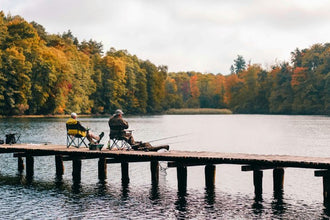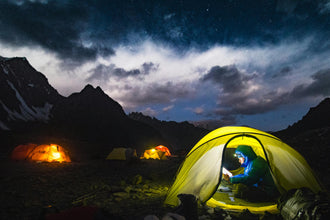

Creating fire is a primal skill that connects us to our ancestors and satisfies our basic human needs. Whether you're an outdoor enthusiast or just want to be prepared, mastering the art of making fire is a valuable skill. Here's everything you need to know:
1. Gathering Materials:
Start by collecting three types of materials – tinder, kindling, and fuel. Tinder should be fine and highly flammable, like dry leaves or paper. Kindling consists of small twigs and branches, while fuel is larger pieces of wood.
2. Fire-Starting Tools:
Carry reliable fire-starting tools, such as waterproof matches, lighters, or fire starters. Practice using these tools before heading into the wilderness to ensure you can rely on them in challenging conditions.
3. Building the Fire Lay:
Arrange your materials in a fire lay. The teepee, log cabin, and lean-to are common configurations. Ensure proper airflow by leaving enough space between the materials.
4. Fire Triangle:
Understand the fire triangle – fire requires heat, fuel, and oxygen. By manipulating these elements, you can control and sustain a fire. Start with small flames, gradually adding larger pieces of fuel.
5. Fire Safety:
Choose a safe location away from flammable materials. Keep a bucket of water or sand nearby for emergencies, and never leave a fire unattended.
6. Mastering Fire-Starting Techniques:
Learn multiple techniques for starting a fire, including the bow drill, flint and steel, and fire plough. Diversifying your skills ensures adaptability in different situations.
7. Understanding Firewood:
Different woods burn differently. Hardwoods like oak and maple burn longer and hotter, while softwoods like pine ignite more easily. Use a mix of both for a balanced fire.
8. Practice, Practice, Practice:
Regularly practice your fire-making skills in controlled environments. The more comfortable you become, the better equipped you'll be to handle challenging conditions.
9. Leave No Trace:
Follow Leave No Trace principles by cleaning up your fire pit and ensuring the fire is completely extinguished before leaving. Leave nature as you found it for future generations to enjoy.
10. Emergency Fire Techniques:
Familiarize yourself with emergency fire-starting techniques, such as using cotton balls soaked in petroleum jelly or a magnifying glass to harness the sun's rays.
Remember, the ability to make fire is a timeless skill that can enhance your outdoor experiences and provide a sense of self-reliance. By honing your fire-making skills, you'll not only stay warm and cook meals outdoors but also deepen your connection with nature.





